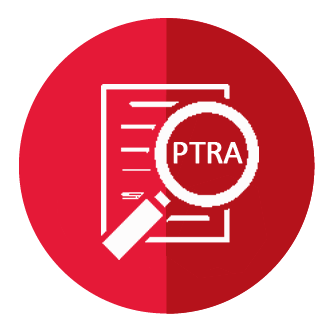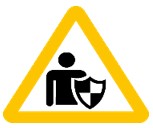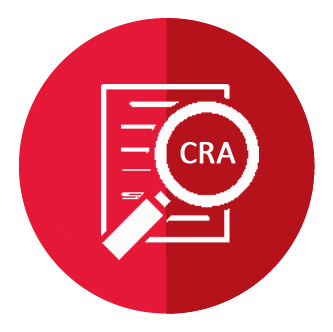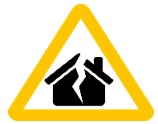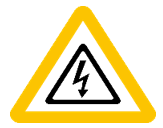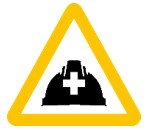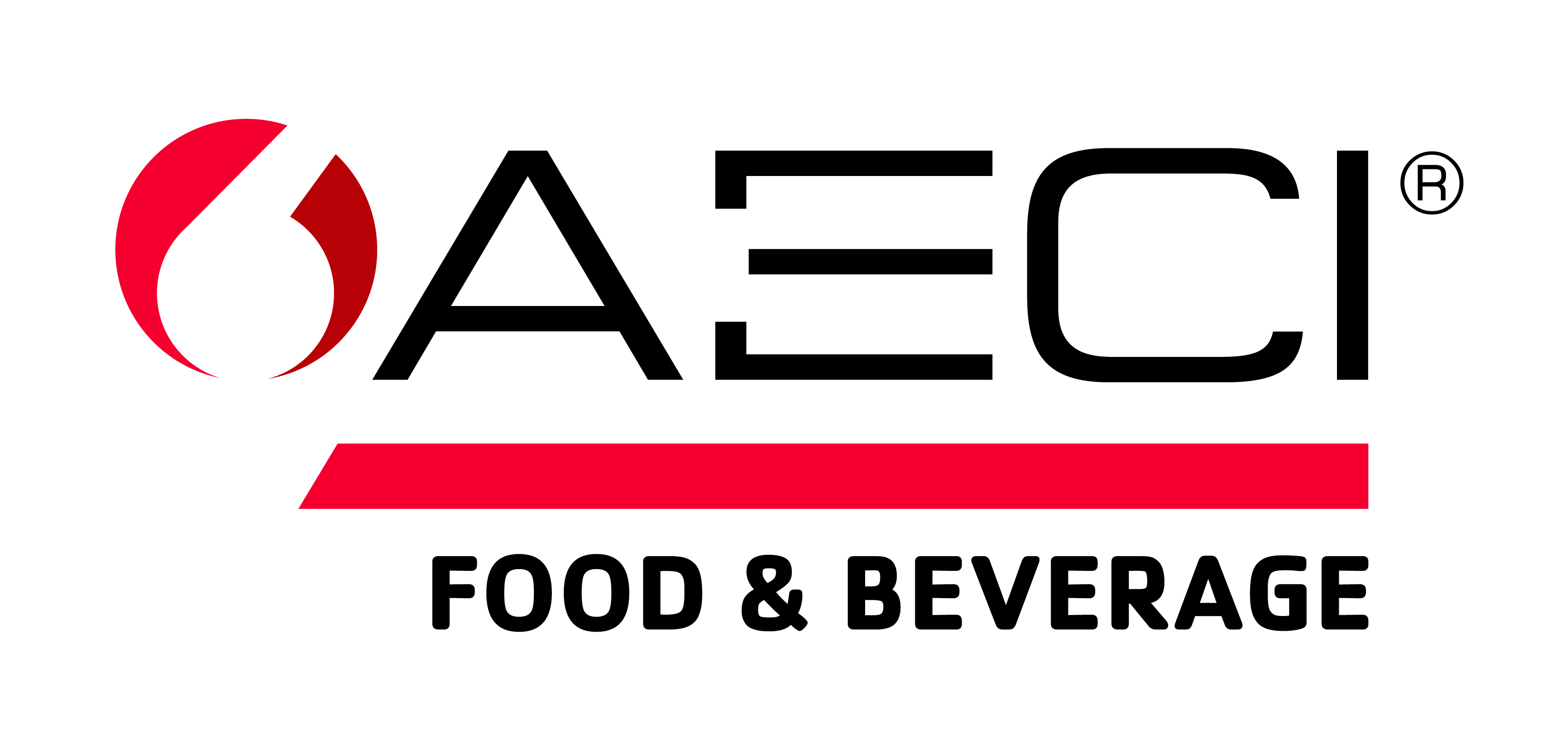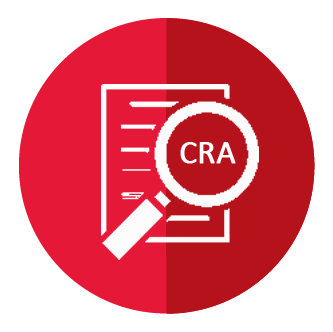Title Page
-
Site conducted
-
Department
-
Location / Specific area
-
Conducted on
-
Prepared by
-
Team Members
-
Location
PTRA
Task / Process Information
-
Job / Procedure Ref#
-
What task is being preformed (Description / Scope of Work)
-
Permit No.
Zoom-In on the Area, People and Tools
-
Do you require a permit to work?
-
Is the procedure available & are you familiar with it?
-
Are there any other work activities in the area that can impact my task.
-
Are there any other departments influenced by my task?
-
Am I and fellow workers physically capable & not-fatigued, trained, competent and authorized to do the task safely?
-
Are the tools to be used inspected, calibrated, correct for the job and SAFE?
-
Do all team members have the correct PPE and safety equipment to perform the task safely as per the procedure / instruction where available?
-
Has the correct equipment been isolated, locked-out and tested?
-
Red Tag Number
-
Is the area in which the task will be performed clean and organised, and are work and walk surfaces cleared?
-
Are there any barricades, demarcation, or warning signs in the area where the task will be performed?
-
Have any incidents occurred in this or a similar area, or for this or a similar task?
-
If YES provide details:
Evaluate the Hazard
-
Process Safety (e.g. hazard/flammable chemicals, heat, pressurized system)
-
People transportation (e.g. traveling in own or company provided vehicle/transport)
-
Product transportation (e.g. Hazchem or cargo in transit)
-
Occupational health/hygiene (e.g. hazardous chemical, noise, manual work)
-
High-risk machinery (e.g. moving vehicles, fixed moving & rotating machinery)
-
Working at heights (e.g. people, objects or loads at heights)
-
Working with electricity (e.g. energized equipment including high / low voltage
-
Confined spaces (e.g. working in tanks, vessels, excavations)
-
Structural integrity (e.g. integrity of dam wall, bridges, buildings, scaffolds, hoists)
-
Non-process fire ignition (work near e.g. veld, wood, paper, electricity, etc)
-
Security (e.g. valuable goods, political instability, crime, worker behaviour)
-
Product quality (e.g. production -, external provider- or quality processes)
-
Working around liquid bodies (work in/around e.g. effluent dams, tanks )
-
Explosive management (e.g. explosives, blasting, in-process manufacturing)
Reafirm Controls
-
Process Safety List Controls
-
People transportation List Controls
-
Product transportation List Controls
-
Occupational health/hygiene List Controls
-
Environment List Controls
-
High-risk machinery List Controls
-
Working at heights List Controls
-
Working with electricity List Controls
-
Confined spaces List Controls
-
Structural integrity List Controls
-
Non-process fire ignition List Controls
-
Security List Controls
-
Product quality List Controls
-
Working around liquid bodies List Controls
-
Explosive management List Controls
-
undefined
Reaffirm Behaviors
-
Always use your PPE
-
Secure yourself while Working at Heights
-
Be Authorized and Competent
-
Verify Ignition Source
-
Concentrate While Driving
-
Avoid Suspended Loades & Moving Vehicles
-
Isolate and Zero Energy Testing
-
Confined Space Atmospheric Toasting
-
Work Permit Required
-
Follow Journey Management Plan
-
Assess and use Safe Walking and Work Surfaces
-
Avoid Awkward Body Positioning
-
Maintain Good Housekeeping
-
Keep Clear from Nip Points
-
Apply and Adhere to Warning Systems
-
Conduct Safe Pushing/Pulling
-
Stay Clear of Line of Fire
-
Keep Eyes on Path/Task
-
Follow Manual Handling & Lifting Techniques
-
Conduct Pre-Job Preperation
-
Use Safe Tools and Equiopment
Opportunity to Correct
-
Description of deviations
-
Action
-
Responsible Person
-
Deviation Fixed
-
Can you proceed safely with the task?
